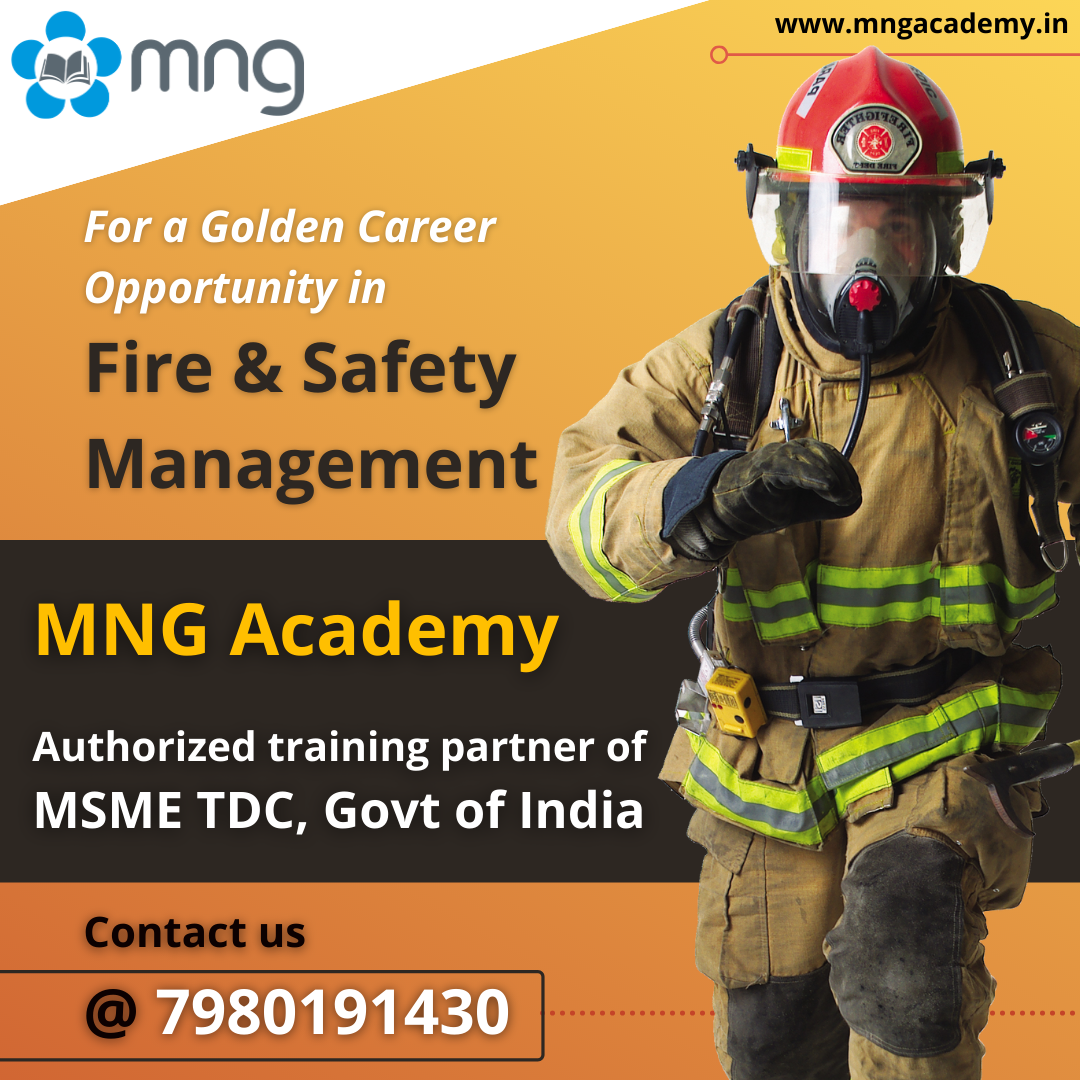What is Fire?
- Fire is a chemical reaction among heat, fuel and oxygen with considering of flash point.
What is Fire Training?

- It is a training process to know to know how to fight against fire hazards in house or industries.
What are the Ways of Fire Spread?
- Convection: Transmission of heat with liquid / gas.
- Conduction: Transmission of heat through materials.
- Radiation: Transmission of heat by waves traveling.
- Direct Burning: Direct Ignition
Classification of Fire

- Class A Fire: Generate from solid substances like paper , wood, clothes etc
- Class B Fire : Generate from liquids like oil, grease, paint etc
- Class D Fire : Metal fires like sodium, potassium etc
- Class E Fire : Fire from electrical equipments
How to Extinguish Fire?
- Starvation : Removal of Fuel
- Smothering: Removal of Oxygen
- Cooling : Removal of Heat
Types of Fire Extinguishers
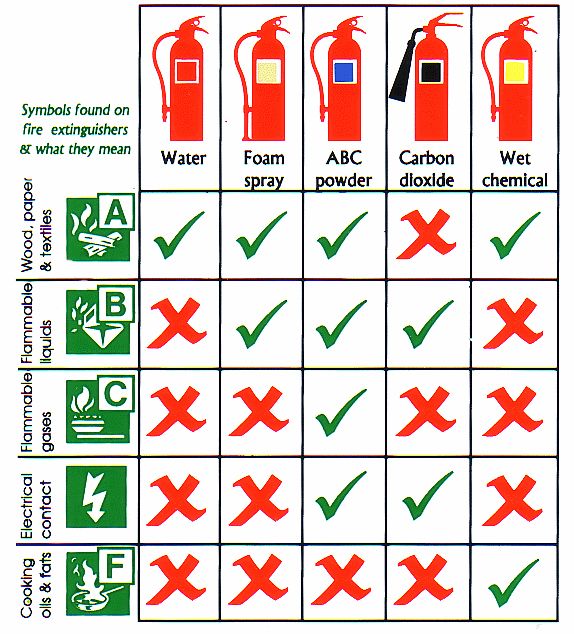
Water Type Extinguisher
A ring or pin on the handle stops the fire extinguisher from being set off by accident. It also acts as a tamper-proof seal: if the ring is broken or missing, you know the extinguisher needs to be checked.
Inside the sturdy steel case, there’s a canister containing high- pressure gas (orange with blue hashing). Most of the extinguisher is filled with water (blue).
A tube runs right up the inside of the tube to a nozzle outside (gray). The nozzle often ends in a piece of bendy plastic so you can easily direct it toward the base of a fire.
To operate the extinguisher, you pull the ring and press the handle.
- Pressing the handle opens a valve (shown here as a green arrow) that releases the pressurized gas from the canister.
- The gas immediately expands and fills the inside of the extinguisher, pushing the water downward
- As the water is pushed down, it rises up the tube a jet of water emerges from the nozzle.
Powder Type (DCP) Extinguisher

Foam Extinguisher

CO2 Extinguisher

About CO2 Extinguishers
These consist basically of a pressure cylinder with a valve for releasing the gas and a discharge horn. The gas is maintained in liquid form at a pressure of 50 bars (750 psi).
The discharge horn allows the gas to expand at a ratio of 450:1 and when it is directed into the fire, prevents air from being pulled along entrainment by reducing the velocity of gas. The average discharge time is 16 – 30 seconds.
Advantages
- Rapid in action, independent of atmospheric temperature.
- It is an inert gas which quickly disperses, leaving no trace.
- It is a non-conductor of electricity.
- Can be used in the incipient (first)
- stage of highly flammable liquid fires.
- Penetrates inaccessible places
Disadvantages
- The total weight in relation to the contents is considerable
- There is no visible way to check the contents
Usage of Extinguisher

What is PPE?
Personal protective equipment (PPE)
It is refers to protective clothing, helmets, goggles, or other garments or equipment designed to protect the wearer’s body from injury or infection. The hazards addressed by protective equipment include physical, electrical, heat, chemicals, biohazards, and airborne particulate matter.
Safety Gadgets
- CCTV Cameras :

For surveillance of movement/footages of incidents and accidents
- SMOKE DETECTOR :
:max_bytes(150000):strip_icc()/GettyImages-173441745-58a223623df78c475896354c.jpg)
Is used to detect the smoke and alarm goes on
- Manual Call Point & Hooter

- FIRE ALARM PANEL BOARD :

To monitor breakup of fire and know the exact location of fire
- Fire sprinkler system
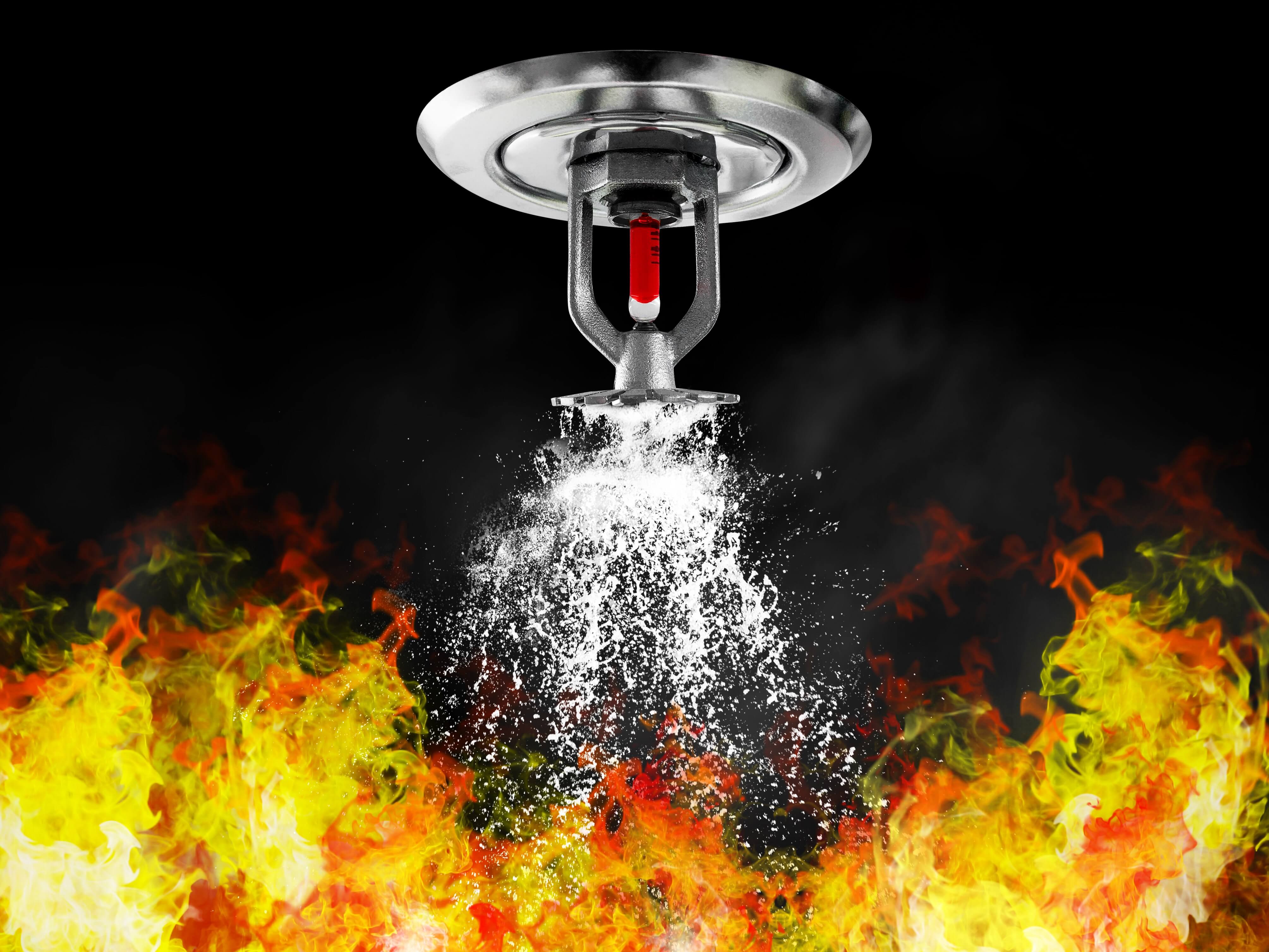
A fire sprinkler system is an active fire protection measure, consisting of water supply system, providing adequate pressure and flow rate to a water distribution piping system, A glass bulb type sprinkler head will spray water into the room if sufficient heat reaches the bulb and causes it to shatter. Sprinkler heads operate individually. Note the red liquid alcohol in the glass bulb.
- Fire hydrant system

To control major fire in coordination with the Engineering department
PASS Method of Fire Fighting

Crawling on Smoke

- In case of Fire there will be enormous smoke which will fade our vision , to over come that we have to crawl down to save our life . Always remember Fire kills slowly but …. “Smoke will kill Immediately & Instantly”
Assembly Point at Our Hospital
- Car parking are in front of time office.
- Two wheeler parking in between “A” & “B” block.
- Near out gate.
- In front of OP Pharmacy in ground floor.
Every One Must Know
- WHAT IS FIRE ?
- THE COMMON CAUSES OF FIRE,
- WHAT TO DO
- INCASE OF FIRE,
- HOW TO CALL FIRE BRIGADE,
- WHAT TO DO WHEN FIRE BRIGADE ARRIVES.
- THE NEAREST FIRE ALARM (IF PROVIDED)
- HOW TO OPERATE
- THE NEAREST “MEANS OF ESCAPE”
- THE NEAREST FIRE
- FIRE ALARM EXTINGUISHERS
- HOW TO OPERATE AN EXTINGUISHER
Some Emergency Fire Station Numbers in Kolkata
- HEAD OFFICE
033-22440101
033-22440163/0170/6164
- BEHALA
24672085
- BAISNABGHATA
24360685
- CENTRAL AVENUE / COSSIPORE
2241 4545, 2241 4546
- DUMDUM
2551 4309
On Your Return to Your Work Place Today, Ensure that you know;
- The escape routes
- Emergency exit doors and how to open them
- Location and types of fire fighting equipment
- Locations of call points
- Any specific fire procedures including the assembly points
- Who are your Reporting authorities/Safety Managers.
- Whom to report to for any defects or bad practices.
FIRE Simple definition
- F – Find what type of fire is
- I- Inform to everyone by rising alarm
- R- React Immediately, Restrict the fire by closing doors, Isolating the fuel electricity supply
- E- Extinguish the fire by using the correct type fire extinguish media
What is fire safety?
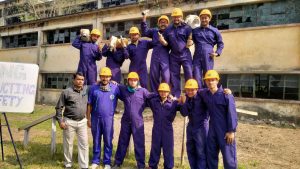
- Fire safety is the set of practices intended to reduce the destruction caused by fire. Fire safety measures include those that are intended to prevent ignition of an uncontrolled fire, and those that are used to limit the development and effects of a fire after it starts
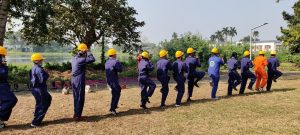
What is INDUSTRIAL fire and safety?

- Industrial Fire Safety is the set of practices intended to reduce the destruction caused by fire. … Industrial fire safety is primarily a management activity which is concerned with Reducing, Controlling &
- Eliminating fire accident from the industries or industrial units

Job prospects in Fire Engineering
- They can also get employed in other industries such as chemical or inflammable products manufacturing firms like petroleum refineries, textiles, fertilizers, etc. The scope is very vast in the field of manufacturing, chemicals, handling bottling plants.
What is diploma in fire and INDUSTRIAL safety course is all about?

- Diploma in Fire and Safety course focuses on areas such as – fire safety, industrial safety infrastructure management and planning. … This course deals with topics such as – fire, fire fighting, fire prevention, fire fighting equipment, communication systems, chemistry, physics, disaster management and industrial safety.
CAREER PROSPECTS AND JOB OPPORTUNITIES

- Fire and Safety professionals have both government and private job opportunities available in front of them. Some of the major recruiters are – Government Fire fighting department Oil companies Refineries Chemical plants Industries Electricity boards Fire Safety training institutes Construction firms Armed forces Government departments
- In the above mentioned work set-ups, Diploma course passed students may don the following roles – Safety officer Safety supervisor Fireman Safety instructor
COURSE OVERVIEW
- Diploma in Fire and Safety management Duration: 1- years Eligibility criteria: 12th passed
- PG Diploma in fire and safety management Duration 1 year Eligibility 12th passed
SYLLABUS
Here are some of the important subjects present in Fire and Safety course –
Fire protection systems Hydraulics and pumps Industrial safety management Fire fighting equipment Search and rescue techniques Accident investigation Special fire hazards Explosion and fire dynamics Fire safety risk assessment Health safety environment Practical training.

